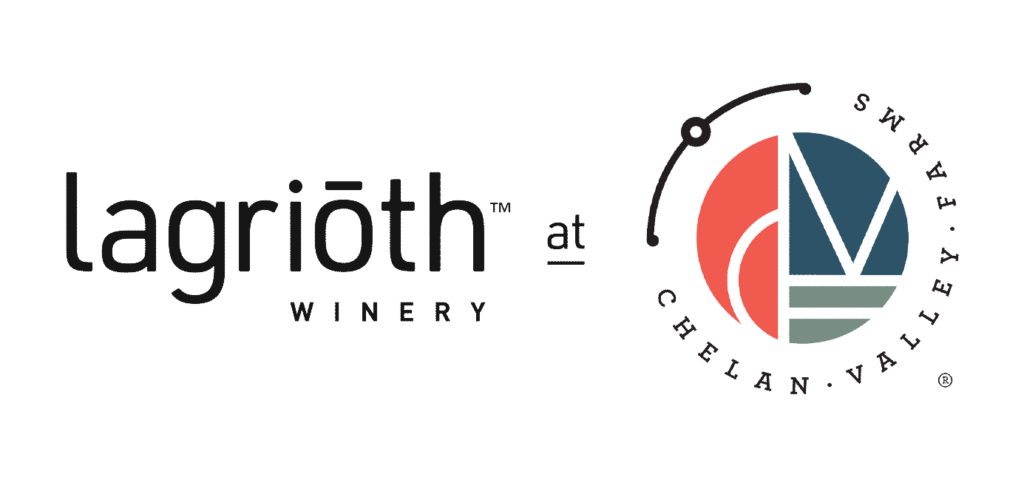After two years I decided to circle back to the regenerative farming topic. This is one of our largest opportunities to improve our soils, protect them for the future and capture carbon. While producing more nutrient dense food.
by Chad Steiner
The very first blog post I wrote in January of 2023 focused on Regenerative Agriculture. It’s been quite a journey since then honing my writing skills and trying to find ways to bring you all sincere content you value. So why am I writing about Regenerative Agriculture again? Jeana and I feel regenerative farming is more important now than ever.
“Despite all our accomplishments, we owe our existence to a six-inch layer of topsoil and the fact that it rains.” – Paul Harvey.
North American prairie soil organic matter during the time the buffalo roamed was ~7%, today it’s ~1% or less. Certain farming practices can “erode” soil AND its organic matter. Think of it this way, organic matter stores carbon, tillage releases carbon and subjects’ soil to erosion and loss of organic matter. Once our soil is gone, so some scientists say so will we. Widespread adoption of regenerative practices has the potential to be a carbon capturing revolution. But wait, there’s more. Regenerative farming practices also help make our food more nutrient dense. As Gabe Brown in his book, “Dirt to Soil” describes – we’re creating more of a natural ecosystem using regenerative practices. In short, Regenerative farming focuses on restoration and preservation of the soil, it minimizes soil disturbance, incorporates animals and employs organic practices. Am I saying everyone should become a regenerative farmer, NO. But I am saying, it appears even adoption of “some” of its practices – like cover crops could make a huge impact. We’ll also very much need the “Big Ag” companies to scale these practices (see prior blog series). So, what can you do? Well, our largest opportunity to capture carbon on the planet is 1. Our Oceans, 2. Our Forests, 3. Agriculture. Regenerative farmers need our support by buying their products. The best thing you can do – know your farmer and ask about their production practices. Read ingredient labels. Educate yourself on this topic. We passionately believe this is such a fun and exciting path with the potential to have a positive impact for generations to come. Since my blog in January of 2023 there’ve been many new Regenerative Certified farmers. It seems like there’s real momentum. To wrap up I’m going to list some brief “why” regenerative farming bullet points, then finish with a list of great companies either supporting regenerative farming or serving as leaders in the space.
“Why” Consider Supporting Regenerative Farming Practices or Food?
- In college, I learned the NPK way. In other words, synthetic fertilizer products offering prescriptive applications. Nitrogen, Phosphorous and Potassium are the macro nutrients all plants need – but natural or organic sources aren’t salt based and offer more to the biology of the soil.
- Nutrient dense food. Yes, there are studies and data (more on the way) demonstrating foods grown regeneratively can contain more nutrition.
- Dirt to Soil by Gabe Brown. I HIGHLY recommend this book. It was an eye opener to me. I’ve spent my career in production agriculture or corporate agriculture. What Gabe demonstrates in his book was eye opening.
- Ocean’s, Forests, Farming. If we can make an impact in any of these areas to capture more carbon, the potential is large.
- Real progress with real examples. In the last two years there are more and more examples of farmers taking the leap and the number of regenerative acres growing.
- Seems like people are upset/pissed off. All of us want better food. I hear a lot from people who’ve had enough of the highly processed nutrient void foods. We vote with our dollars, support farmers using practices like regenerative.
- Big Ag companies are very aware of and supportive of regenerative practices. We need them to scale products and solutions. See my prior blog post.
- Organic production. This is a gateway to a more sustainable eco system, but we don’t want soil tillage to replace herbicide use. There are more species of life under the soil than above it on earth. Compaction or tillage can destroy life under the soil.
- Sustainable WA, Salmon Safe, Lodi Rules – these are examples of incredible sustainability programs getting farmers headed in the right direction. These organizations have worked hard to create standards – not only taking into consideration production practices, but fair treatment of workers and ethical treatment of animals.
- The Michelin Guide – the Michelin Guide just published “Top Food Trends, redefining how we wine and dine in 2025.” It specifically called out “regenerative agriculture”. Scroll to How Chef’s are Rethinking Their Impact. It also predicts fun will be had with creative cocktails in 2025.
- Organic Matter. This is something we can measure. Measuring it will help us discover effective ways to manage it. Pretty straight forward.
- Regenerative Organic Alliance – this organization has established standards for certification. Our goal is to become regenerative organic certified.
Companies to support, farms to support and leaders in the industry:
- Pasturebird – raising regeneratively farmed chickens. Sounds like they cannot keep up with demand…
- BX – a newer environmental farm management software company. Started and lead by a farmer (pioneered regenerative practices on his farm). Enabling farmers to become data-driven climate change enterprises.
- Burrough’s Family Farms. An almond and other crop + animal farmer whose products we offer in the tasting room or you can support through online sales.
- Tablas Creek. The 1st Regenerative Organic Certified vineyard in the world. They make great wines on the Central Coast of California. Talk about sheep. Talk about innovative – these guys are it! And very open to sharing best practices.
- Stags Leap Wine Cellars – achieved Regenerative Organic Certification in 2024.
- Wilbur-Ellis Ag. A leader on its own in its ability through products and people to serve farmers headed down the sustainable or regenerative road.
- ACRES magazine. I’ve learned a lot from this publication. Full of new ideas. Full of folks sharing how to tackle regenerative practices. There have been a few articles a while back as editorials that I didn’t agree with – but overall this magazines mission is unique.
- Regenerative Organic Alliance. 307 Certified Farms and Ranches. 18,466,476 certified acres. 233 Brands licensed. 63,285 Smallholder Farmers.
- McDougall and Sons (see CMI Orchards site) + Royal Family Farming. This is an exciting example of employing regenerative practices at scale. And these two families partnered up to create a stronger future.
- Bluebird Grain Farms. We’ve fallen in love with their products. Looking for a way to get away from enriched white flour – well here you go. Family owned and operated – amazing organic, freshly milled, regenerative in some cases products. Grab them online or at our tasting room.
I really hope the energy and excitement for this space shines through and there’s some helpful resources here. Yes, we’re inspired, but it doesn’t mean it’ll be easy. Our home orchard was quite a learning curve in 2024 figuring out how to manage coddling moth organically. We’re excited to keep the conversation going. Have a great weekend!
Cheers,





These are really great resources Chad, thank you. I am happy to see that regenerative farming is gaining more traction! I hope to see more farmers adopting these concepts in our area as well.
As a home gardener, I have been studying permaculture principles this winter and hope to make some changes in my vegetable garden this spring. On that note, I would love to get a meet up started with people interested in regenerative practices, for business or at home, to share knowledge and experiences with each other. Would you be interesting in joining in on that? Sometimes it’s nice to have people to talk ideas out with, and not feel like you’re in your own bubble. I am happy to get things started, let me know if you’re interested. And thanks again the great information!
– Meg
Hi Meg. Super glad to hear you found it useful. It is exciting Regenerative is gaining traction, we’ve got a ways to go on total acres in the U.S. – but that’s exciting as well.
I bet your home garden is fantastic! Your website looks fantastic, and with your love for food, it must make summer meals great. We’d be game to host a group or discussions… it’s something that’s come up from others. We’re pretty married to our farm… but it can also be a great classroom….
Have a great weekend!
Chad
Chad – really impressive. It’s like a term paper, but useful. Thanks for sharing your expertise!
Thanks Tom. Funny, as I wrote it, I was thinking the same thing… fascinating stuff – but really “natural”.